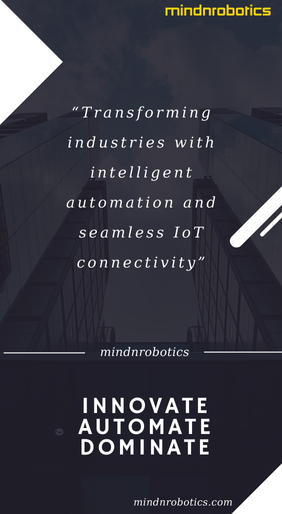As Malaysia grapples with challenges such as the shortage of local talent and economic uncertainties, the role of HR practitioners becomes increasingly critical. These challenges are compounded by the rapid pace of technological change, which demands a workforce equipped with advanced skills.
In response, Malaysia’s New Industrial Master Plan 2030 (NIMP 2030) and the National Semiconductor Strategy (NSS) outline ambitious goals to transform the nation into a regional technology hub. By identifying and nurturing technology and engineering talents, HR can align workforce development with these national initiatives. This strategic focus supports the country’s economic plans and ensures a robust, future-ready workforce capable of driving national growth.
Aligning HR Strategies with National Initiatives
HR practitioners must first understand the strategic goals of NIMP 2030 and NSS. The NIMP 2030 aims to enhance Malaysia’s industrial capabilities, focusing on advanced technologies and sustainable practices. Meanwhile, the NSS seeks to position Malaysia as a global leader in the semiconductor industry. HR’s role involves developing a workforce capable of meeting these technological demands, thereby aligning talent strategies with national goals.
To achieve this alignment, HR departments should engage in continuous dialogue with government bodies, industry leaders, and educational institutions. This collaboration ensures that the skills being developed are relevant to the current and future needs of the industry. HR practitioners should also stay abreast of policy changes and industry trends to anticipate and respond to shifts in the labour market effectively.

Addressing Challenges with Technologies
Despite the strategic alignment, HR practitioners must address several challenges to develop a technology-driven workforce. One major challenge is the shortage of local talent with advanced technological skills. To overcome this, HR can implement targeted recruitment strategies that attract foreign talent while simultaneously investing in the development of local talent through educational programs and reskilling initiatives.
While advanced HR analytics can do wonders, a phased approach to introducing new technologies can reduce the feeling of being overwhelmed and build confidence gradually. Implementing HR technologies such as Applicant Tracking Systems (ATS) and Learning Management Systems (LMS) can help predict talent needs, identify skill gaps, and measure the effectiveness of training programmes, further improving efficiency in talent acquisition and development.
Additionally, HR can leverage data analytics to gain insights into employee performance and engagement. These insights enable HR to design targeted interventions that enhance productivity and retention. By adopting a data-driven approach, HR can make informed decisions that align with the strategic objectives of NIMP 2030 and NSS.
Fostering a Culture of Innovation
Extravagant spending on technology would bear no fruit without an improved learning culture. One of the most significant developments in workplace learning today is the rise of affordable new learning resources. These include short instructional videos on platforms like YouTube and TikTok, as well as free massive open online courses (MOOCs) from universities and companies specializing in distance learning.
Creating a culture of innovation within the organization is essential for sustaining technological growth. HR can foster this culture by promoting a collaborative environment where employees are encouraged to share ideas and experiment with new approaches. This involves establishing platforms for knowledge sharing and providing resources for innovation projects.
The Crucial Role of HR in Driving National Growth
As Malaysia progresses towards the goals outlined in NIMP 2030 and NSS, each party has a role to play in ensuring economic growth. Government bodies, industry leaders, educational institutions, and HR practitioners all contribute to this national endeavor. While the efforts of government and industry are often highlighted, the role of HR practitioners is pivotal yet frequently overlooked. By aligning HR strategies with national initiatives, identifying and nurturing talent, leveraging technology, fostering a culture of innovation, and addressing challenges, HR can significantly contribute to the country’s economic growth.
HR must strive to create an environment where diverse talents can thrive. Through these efforts, it is possible to ensure that Malaysia is equipped with a robust, future-ready workforce capable of driving national growth and achieving global competitiveness. By recognizing and reinforcing the crucial role of HR, we can ensure a more coordinated and comprehensive approach to achieving the nation’s economic goals.






